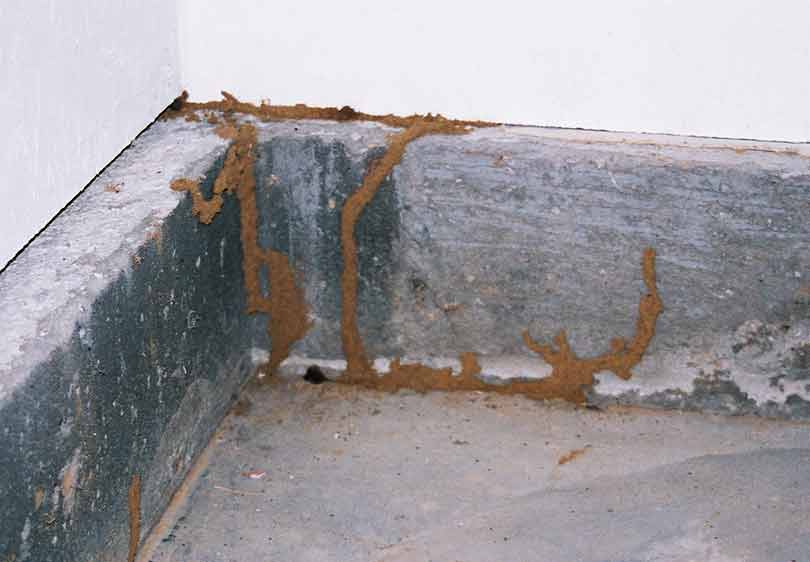Efficient Bug Control Solutions for Vole Infestations

In the realm of pest control, vole infestations present an unique challenge that demands a tactical method. By delving into the ins and outs of vole actions and exploring a range of control methods, an extensive bug administration strategy customized to these evasive animals can be crafted. From natural repellents to cutting-edge capturing strategies, the toolbox against vole infestations is multi-faceted.
Understanding Vole Behavior
Voles, small rodents commonly located in gardens and fields, show distinct habits patterns that are important to understand when implementing parasite control actions - vole control service. These animals are respected diggers, producing a considerable network of passages underground where they nest, store food, and look for sanctuary from predators and stormy weather condition. Voles are herbivores and mainly feed upon turfs, seeds, roots, and bulbs, making fields and yards perfect habitats for them
One secret habits of voles is their rapid price of reproduction. Females can offer birth to multiple clutters every year, with litter dimensions varying from 3 to six dogs. This high reproductive capability permits vole populations to rapidly multiply, resulting in infestations if left unattended.
Understanding vole habits additionally involves acknowledging their patterns of motion and foraging. Voles develop surface area runways in grassy areas as they travel in between their burrows and food resources. By observing these paths and the locations of burrow entrances, insect control professionals can recognize high-traffic locations and purposefully place traps or deterrents to successfully take care of vole populaces.
Natural Repellents and Deterrents
With an understanding of vole actions as a foundation, checking out all-natural repellents and deterrents ends up being crucial in effectively handling vole problems in areas and yards. In addition, including killer pee, such as that of coyotes or foxes, around the yard border can develop a natural barrier that indicates danger to voles, encouraging them to stay away.
Moreover, making use of castor oil-based repellents can interfere with vole passages as they discover the smell and taste undesirable, triggering them to relocate. Mulching with products like gravel, lava rocks, or coarse sand can also discourage voles as they dislike digging via these harsh compounds. Executing a combination of these all-natural repellents and deterrents can aid efficiently handle vole populations in a non-toxic and lasting manner, safeguarding plants and yards from vole damage.
Capturing Techniques for Voles

Snap catches are designed to eliminate voles instantaneously upon activation. These traps must be discover here placed in locations where voles are known to take a trip, such as near burrow entrances or along their paths. It is vital to examine snap traps regularly and throw away any recorded voles quickly to make certain the efficiency of the capturing process.
Live catches are an extra humane choice for those who want to record voles without hurting them. As soon as a vole is caught in a real-time trap, it can be securely transferred to a various location and launched unhurt. Live catches should be inspected regularly to stop stress and anxiety or damage to the captured voles.
When establishing traps for voles, it is vital to consider their behavior and habits to raise the likelihood of success (best vole pest control). By making use of the suitable capturing techniques, vole populations can be properly managed, minimizing the damages they cause to farming and yard areas
Applying Physical Barriers
To even more strengthen the defense against vole problems, the calculated execution of physical barriers becomes a proactive step to secure agricultural and garden locations. Physical barriers such as cable mesh, equipment towel, or fences can be mounted underground to stop voles from burrowing right into areas or gardens. Burying these barriers at the very least 12 to 18 inches deep and angling them exterior can properly hinder voles from tunneling into the protected area. Furthermore, building fencings with small mesh size at the base can hinder the voles' capability to check my site access the plant life above ground level.
Furthermore, the use of tree guards or trunk wraps made from metal or plastic can shield tree trunks from vole damage during winter months when various other food resources are scarce. These guards must expand over the expected snow line to avoid voles from gnawing on the bark. Routine assessment and upkeep of these barriers are vital to ensure their proceeded efficiency in discouraging vole intrusions and protecting useful crops and plants.
Integrated Pest Monitoring Methods
Incorporating numerous pest control techniques, consisting of organic controls, environment adjustment, and surveillance, forms the basis of effective Integrated Insect Administration methods for resolving vole problems. Organic controls entail presenting all-natural killers of voles, such as serpents or owls, to the damaged location to help reduce vole populations.
Conclusion
Finally, effective insect control services for vole check these guys out invasions include comprehending vole actions, using natural repellents and deterrents, executing trapping techniques, and establishing physical obstacles. Integrated pest monitoring approaches can additionally be utilized to attend to vole invasions comprehensively. By combining these methods, homeowner can efficiently handle and reduce vole populations without the demand for too much chemical use.
With an understanding of vole behavior as a foundation, exploring all-natural repellents and deterrents comes to be necessary in properly handling vole infestations in fields and yards. Applying a combination of these all-natural repellents and deterrents can assist successfully manage vole populations in a safe and lasting fashion, protecting crops and gardens from vole damage.
Incorporating numerous bug control methods, including biological controls, environment adjustment, and surveillance, develops the basis of effective Integrated Pest Monitoring methods for attending to vole problems. Biological controls involve introducing natural predators of voles, such as owls or snakes, to the afflicted area to aid reduce vole populaces (utah vole control).In verdict, efficient parasite control services for vole problems include recognizing vole habits, making use of all-natural repellents and deterrents, executing trapping strategies, and establishing up physical barriers